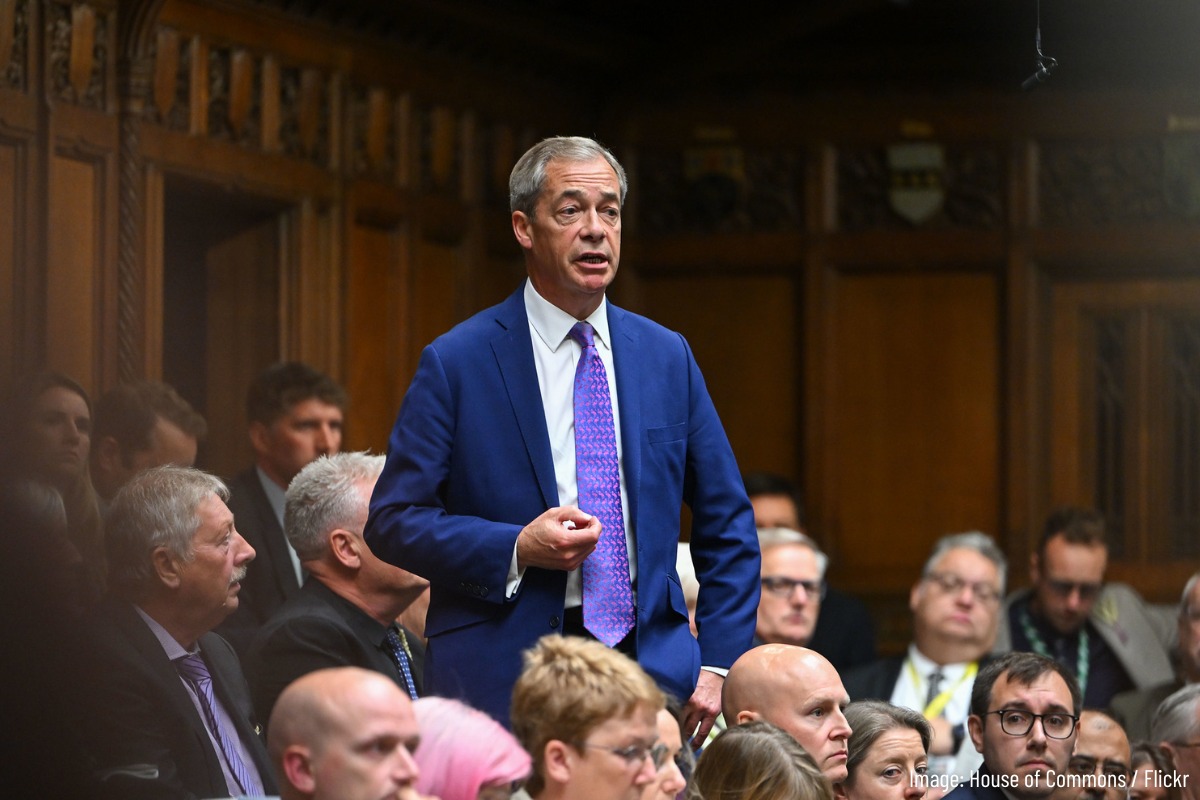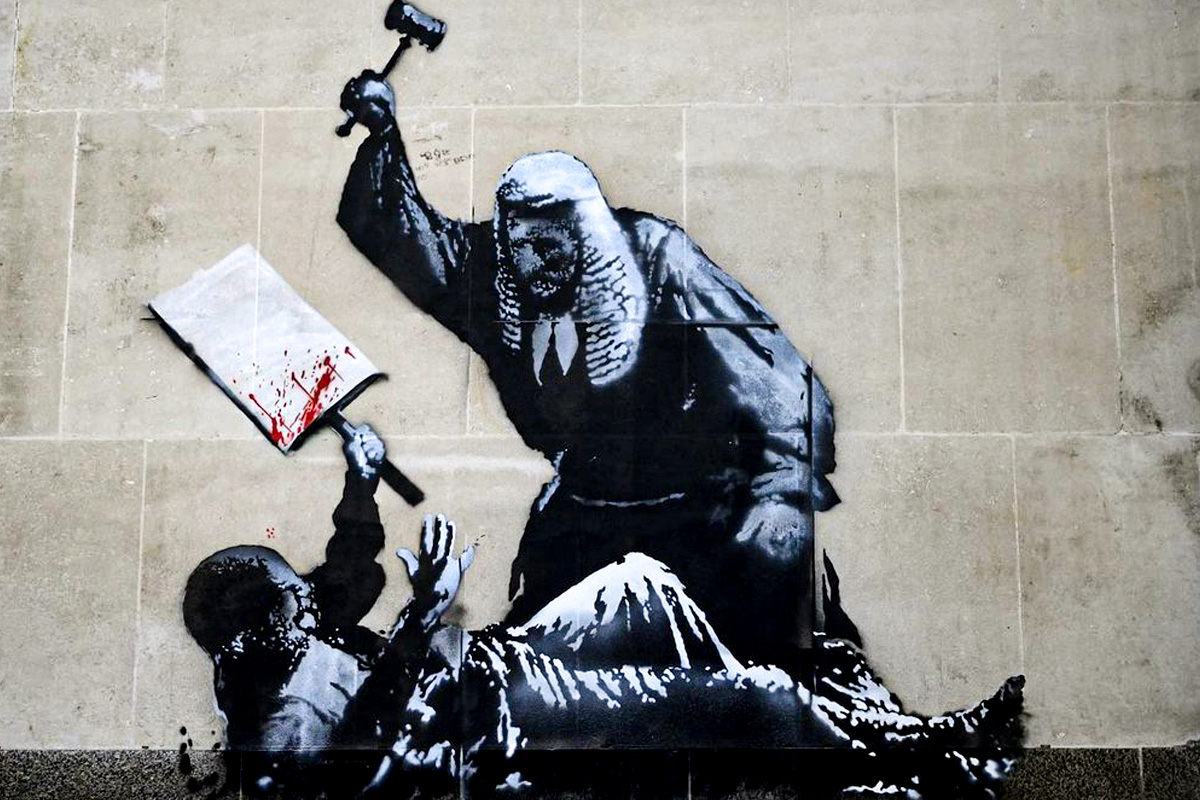Throughout the 1950s and 1960s the leadership of the trade unions was firmly in the hands of right wing trade union barons. Strikes were almost always unofficial and in some ways sectional – concentrating on pay differentials for example. But it’s fundamental to understand that this was a period of massive expansion in capitalism, and huge profits that meant that the bourgeoisie could afford to make concessions.
Crucially the type of struggles that developed also helped to increase the importance of the factory committees and shop stewards. These were in many cases bodies outside of the formal structures of the union. Look at the dual organisational structure in the GMB today, geographical branches and shop stewards’ committees that hold the industrial power.
It was also a period of big development within the public sector, with nationalisation, the NHS and the development of the welfare state.
By the end of the 1960s inflation was starting to develop and, with sluggish economic growth, the Labour government tried to impose pay restraint. The Marxists at the time predicted a big backlash to Phase One, a big backlash to Phase Two and Phase Three. But nothing happened until Phase Four. You can stretch a piece of elastic only so far. The trade unions resisted pay restraint and Labour fell.
The Heath government from 1970-1974 was a government in crisis; the Industrial Relations Act, the Shrewsbury Two imprisoned, the two miners’ strikes. This instability and militancy culminated in the defeat of Heath and the election twice of the Labour Governments in 1974. But the 1970s were a period where waves of industrial struggle developed. New layers were drawn into struggle in the winter of discontent in 1978-79. Women workers and council workers lead the NUPE disputes in the late 1970s.
Miners’ strike
The lessons of the great miners’ strike of 1984-5 are immensely important to the movement today. The Tories had a clear programme to take on the NUM and to smash what they saw as their main opponents within the working class.
From the word go, when the Ridley Report was prepared in 1979, the Tories sought to prepare a political and essentially quasi-military struggle against the NUM, who were 140,000 strong.
Despite the Union of Democratic Miners (mainly based in Nottinghamshire) splitting at the beginning of the dispute over the strike ballot, the strike was essentially solid for the vast majority of the dispute. The intensity and ferociousness of the dispute was on a higher level than anything that had been seen in Britain for decades. The miners knew it was a fight to the finish.
In some of the pit villages in Yorkshire and the North-East, the movement reached semi-insurrectionary proportions.
Millions of pounds were collected on the streets for the miners’ families and all over the country miners’ support groups were established. The miners’ wives came to the fore and among the working class the NUM had mass support.
The role of the wider trade union leadership and the Labour leaders in particular was dreadful. Hiding behind the Tory anti-trade union laws the tade union leaders refused to sanction solidarity action and effectively served to isolate the NUM. Kinnock and the Labour leadership played a pernicious role, attacking ‘picket line violence" as they called it.
Hundreds of miners hurled their heads against riot shields and police truncheons, dived under the hooves of galloping police horses and stamped on the policemen’s steel capped boots with their trainers. Dramas like ‘Billy Elliott’ and ‘Our Friends in the North’ capture the flavour of the times. The Tories eventually won the day, but the lessons of the miners’ strike and of the year long struggle still play a huge part in the minds of active workers.
Role of bureaucracy
Even we underestimated the full significance of the miners’ strike in terms of the long term downturn in activity it provoked. But far more importantly it had a massive effect on the consciousness of the trade union bureaucracy. "If the miners can’t win, what hope for us?" was the refrain.
The trade union bureaucracy played the role of a wet blanket during the 1980s and 1990s. Sweetheart deals and no strike agreements were signed and the level of activity fell throughout the movement. As a rule the movement swings to the left after struggles, when it is full of militant workers and back to the right when the dead hand of the bureaucracy holds sway.
The various sectarian groups bang on about the leadership and the bureaucracy. But it’s important to realise that simply attacking them won’t solve the problems that workers face in respect of their daily lives. Only an intransigent class position can do this. You have to understand the class struggle in your own situation and take the workers with you.
The trade union leaders can swing to the left at certain times. Jack Jones and Hugh Scanlon were left trade union leaders who took on the government In the 1970s in the last big upturn.
Like it or not the bureaucracy is always with us. It is thoroughly utopian to expect that it will be defeated and just lie down. Even in the period of the Russian Revolution the trade union leadership played a negative role and supported Kerensky. The struggle against the bureaucracy is a political struggle and a struggle around trade union democracy. In the end the movement of the workers will sweep past the bureaucracy as it unfolds. In the short term they represent an enormous brake on the movement and a big obstacle for Marxism.
Lefts
The role of the left in the trade union movement has changed dramatically over the past two or three decades. The Communist Party, although historically strong has shattered and the other groups are incapable of building a working class base.
The absence of a large Marxist current in the Labour movement makes it easier for syndicalist ideas to ground. Fighting for trade union power without recognition of the political tasks of the revolutionary movement in changing society neglects the role of the bourgeois state. In fact why fight for anything?… a recipe for armchair anarchists everywhere.
Likewise abandoning the political struggle and concentrating on economic issues alone is a recipe for reformist degeneration. All trade union struggles, however important are ultimately partial struggles. The political and social emancipation of the working class demands a revolutionary programme. Many workers have turned away from the Labour Party in disgust at the policies of Blair and Brown. Industrial struggle without political struggle is massively weakened. The Labour Party is a workers’ party with a bourgeois leadership. The slogan has to be to ‘Reclaim the Labour Party’, not pretend it doesn’t exist, or try and split the best workers away from it.
Struggles of today
The pace of events in Britain is slow, but there are deep subterranean currents that keep breaking through. The postal workers’ dispute is an example. Disputes have been breaking out as unofficial action for years now. The same is true of the fire brigade dispute a couple of years ago.
There has been a definite change in the movement with the election of a number of left leaders. As yet there haven’t been huge results from this and it is important to recognise that, although they are certainly an improvement, in the main they don’t represent big left currents in the unions.
Last year’s debacle over pay shows just how important it is to understand the implications of the bureaucracy cosying up to the Labour leadership. There is clearly a head of steam developing in the public sector as the PCS disputes and the UNISON pay votes last year illustrate. More significantly even was the 95% Royal College of Nurses vote for industrial action in a union with a no strike rule!
UNISON leaders missed an enormous opportunity for united generalised struggle. But as we explained at the time, the ‘Brown bounce’ and a potential general election meant that the union leaders backed off so as not to rock the boat. This only serves to sell the members short, and the best most politically advanced layers of the class will understand this.
The trade union leaders have been preoccupied with mergers for much of the last twenty years. We need to be clear that we support more workers unity, but we don’t support bureaucratic carve ups. We stand for election of all officials, right of recall and a workers wage for trade union leaders.
The next period will be one of recession and maybe a delay in the movement, but particularly in the public sector it is possible that a more generalised struggle could break out. The role of perspectives is to prepare the Marxists for the events that might unfold.
Role of a Marxist tendency
Marxism is the memory box of the class, but more than that it is a means to an end, a weapon in the hands of the working class. We don’t stand aside and carp like the sectarians, but play a role in the movement and try to develop the struggles that take place. This is precisely the approach that Marx advocated in the ‘Communist Manifesto’ 160 years ago.
From the point of view of the Marxists it’s important to understand the rhythm of the struggle. The leadership moves to the left under pressure. The role of revolutionaries is to raise the level of understanding of workers, and to help the most advanced layers draw conclusions from their experience. It is as important to know how to retreat, withdraw and regroup as it is to charge.
Marxists must be the best fighters, drawing together the struggles of all workers and battling against all prejudices and divisions, be they on the basis of race, gender or religion. We need to link with the best of the lefts and fight for every economic and political demand.
Our approach in industry has to be towards the youth, the immigrant workers and towards women workers in particular. Only in this way will be build the forces that can act as a catalyst for a mass movement of the working class in Britain and internationally.
Workers of all countries unite – we have nothing to lose but our chains!
See also:






